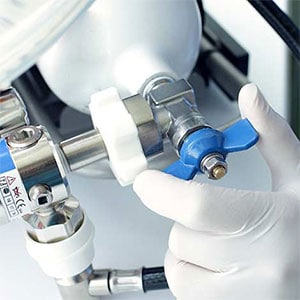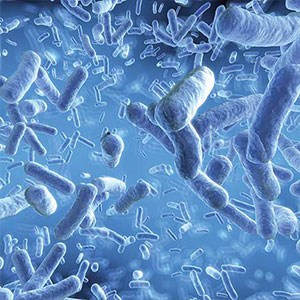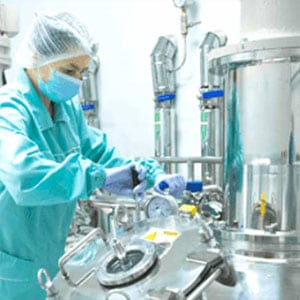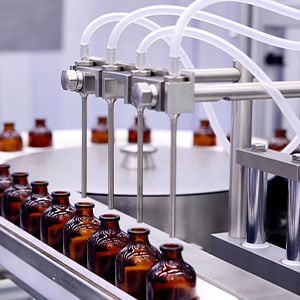Contamination Control in Compressed Gas Systems
In the world of aseptic pharmaceutical manufacturing, the reliability and safety of utilities are paramount. Utilities can be categorized into two main types: process systems and process support systems. While process support systems do not directly impact product quality or patient safety, process systems are critical as they interact with products or essential materials. One of the most vital process systems in this context is compressed gas.
Compressed gas systems in aseptic manufacturing, including air, nitrogen, carbon dioxide, and gaseous hydrogen, play a crucial role throughout various stages of pharmaceutical processes. Therefore, understanding and managing the risks associated with these systems is essential for maintaining product quality and ensuring compliance with Good Manufacturing Practices (GMP).
How Compressed Gas Systems Work
Compressed gas systems operate by using a compressor to reduce the volume of gas, which in turn increases its pressure. This process converts mechanical energy into pneumatic energy, making it possible to release compressed power through distribution piping and filters.
A well-designed compressed air system typically includes:
- Compressor: The core component that pressurizes the gas.
- Condensate Separation System: Removes moisture from the compressed air.
- Water Separation System: Further ensures dryness.
- Filters: Particulate and coalescing filters that remove contaminants.
- Dryers: Refrigerator dryers help manage humidity.
- Tanks and Valves: For gas storage and flow control.
- Sampling Points: Critical for quality monitoring.
These systems can be generated on-site or supplied in portable tanks from qualified vendors.
The Importance of Risk Assessment
Conducting a compressed gas risk assessment is essential in a GMP environment. It allows manufacturers to document the design and use of these systems while determining their criticality. Here are key reasons to prioritize this assessment:
- Prevent Contamination: Proper design, qualification, and maintenance help prevent contaminants from affecting product quality, stability, and efficacy.
- Ensure Compliance: Regulatory bodies mandate that all utility systems, including compressed gases, meet stringent quality standards. Risk assessments aid in demonstrating compliance.
- Enhance Process Efficiency: Understanding the potential risks associated with compressed gas usage enables manufacturers to optimize processes, improving overall efficiency.
Compressed Air in Pharmaceutical Processes
Compressed air is commonly used in various pharmaceutical applications, such as:
- Packaging and Filling: Cleaning and moisture removal from containers.
- Pneumatic Transport: Assisting in the movement of materials during manufacturing.
- Direct Product Contact: Used in processes like mixing, granulation, drying, pressing, coating, and packaging of tablets, capsules, ointments, creams, gels, and syrups.
Given the significant role compressed air plays in these processes, maintaining its cleanliness and integrity is vital.
Want to read more? Jump to other released posts in this series:
Compressed Gas Systems: Guidelines for Control
or
Read the paper, Compressed Gas Risk Assessment: A Significant Step in Your CCS.



